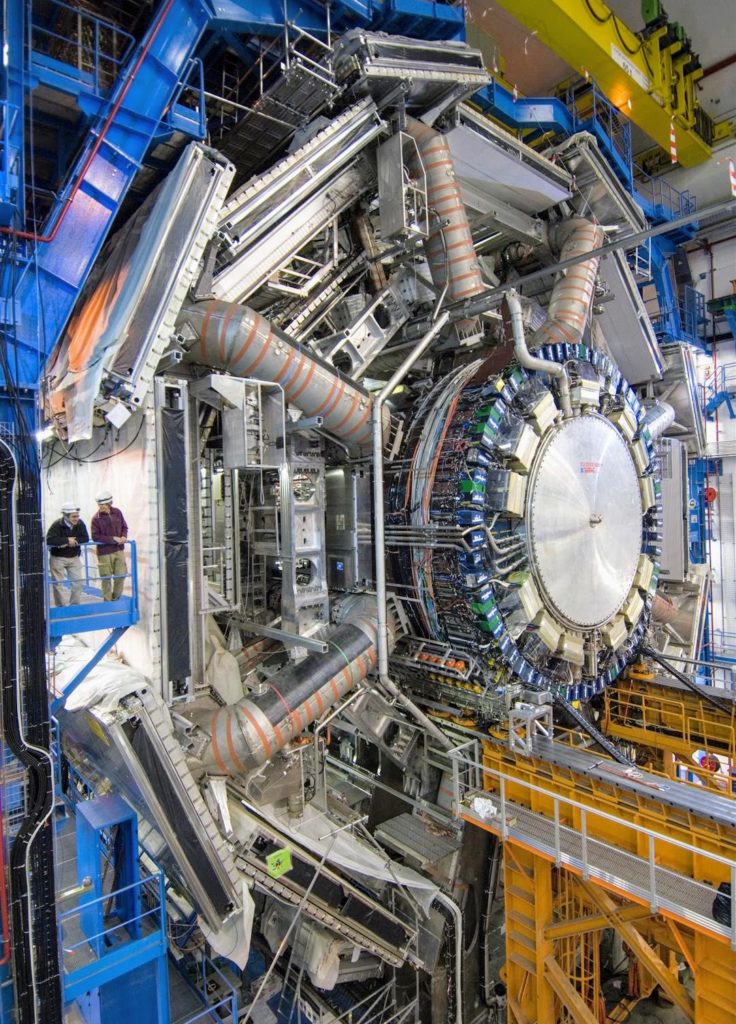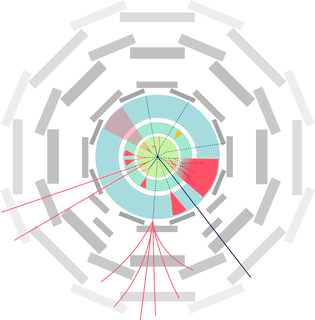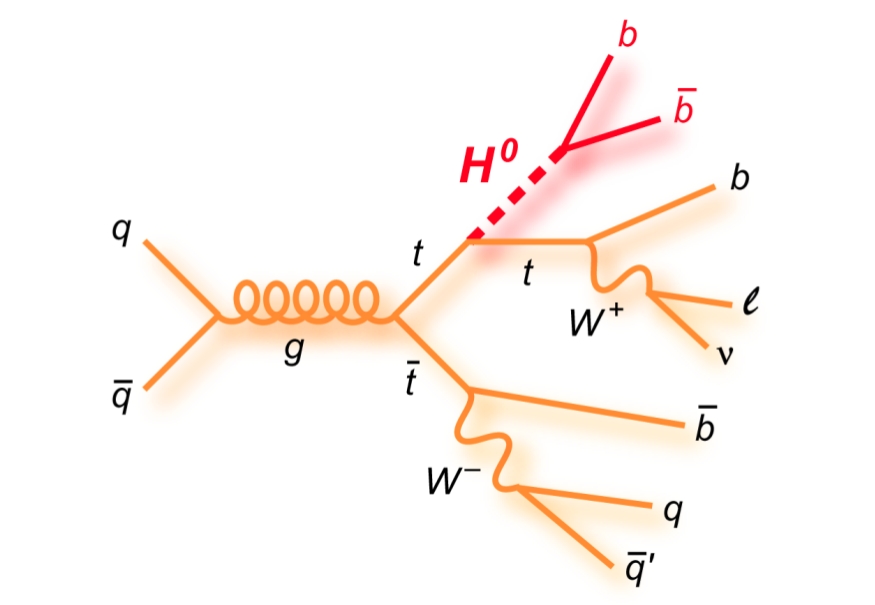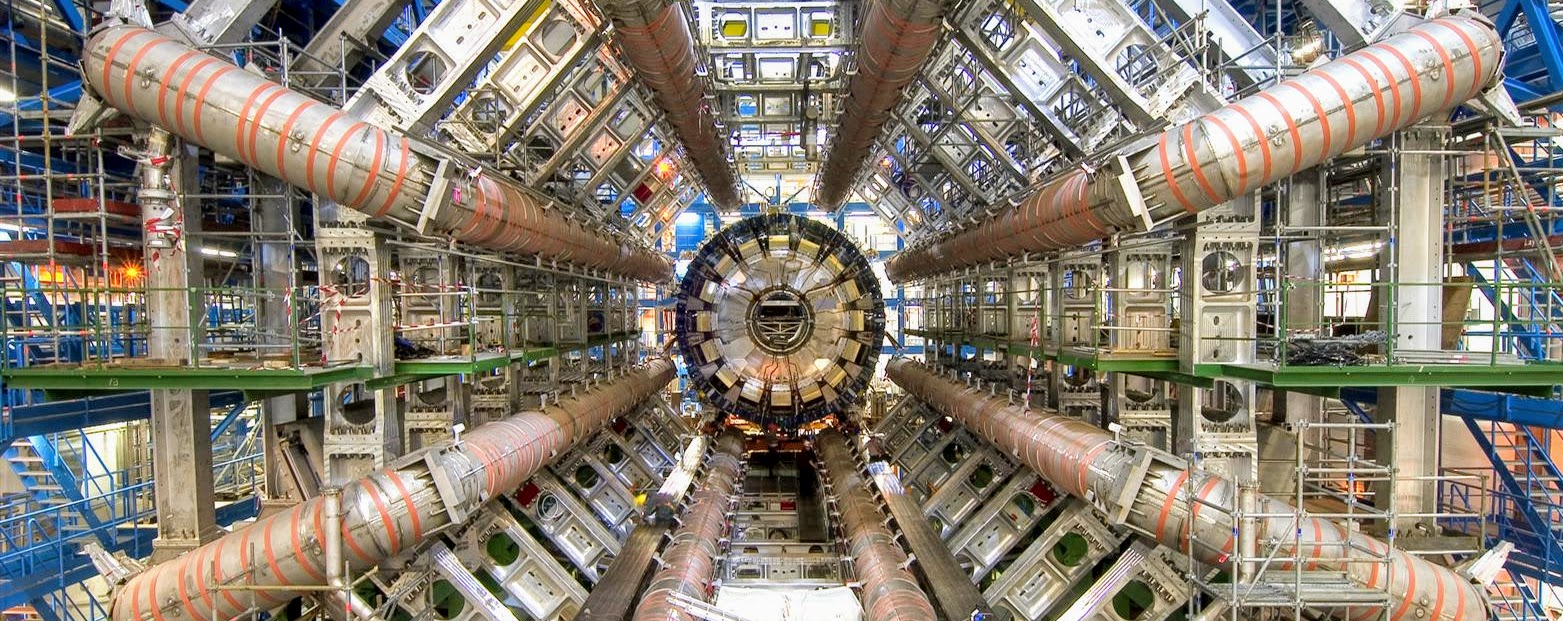
What is ATLAS?
ATLAS (A Toroidal LHC ApparatuS) is a five-storey high particle detector, the largest of the Large Hadron Collider experiments. ATLAS is designed to record data from collisions happening at its centre. The task for experimental particle physicists is to reconstruct the trajectories and identify the particles produced during these collisions. It enables the measurements of particle properties and the discovery of new processes in subatomic physics.
Why so big?
ATLAS is made of concentric sub-detectors each recording specific information from the particles produced in a collision. Some of them, called "trackers", are recording all the positions a particle went through while escaping the detector. It forms a track, and the strong ATLAS magnets are bending the tracks of charged particles. The greater the momentum of the particle (related to its energy), the less it bends within it. The detectors needs to be big so that more measurements of the particle path can be collected, this means more accuracy on their momentum calculation.
This short video (from the great movie Particle Fever) gives an idea of what it feels seeing ATLAS for the first time.
What I currently do
I am searching for “long-lived particles”. Numerous candidate theories attempting to expand our current theoretical framework are predicting particles whose life-times are longer than the ones already discovered. To spot them, we need to rethink algorithms that have been used previously, where particles are supposed to decay shortly after being created.
I am also active in detector development for high-energy physics. The LHC is preparing to deliver enhanced collisions starting in 2027 (called the High-Luminosity LHC Project). To survive the high rates and radiation levels, some sub-detectors of ATLAS need to be completely rebuilt. I am contributing to the future silicon inner tracker: the ITk. Many sensor units will be assembled and tested by several Canadian institutions.


Previous research
In the past, I was involved in searches for Supersymmetry and contributed to the discovery of a rare process: the Higgs boson production in association with a top quark pair (quarks are constituents of protons and neutrons). This complements the LHC’s big success in 2012 discovering the Higgs boson, the particle playing a key role in giving mass to the other elementary constituents of matter.

